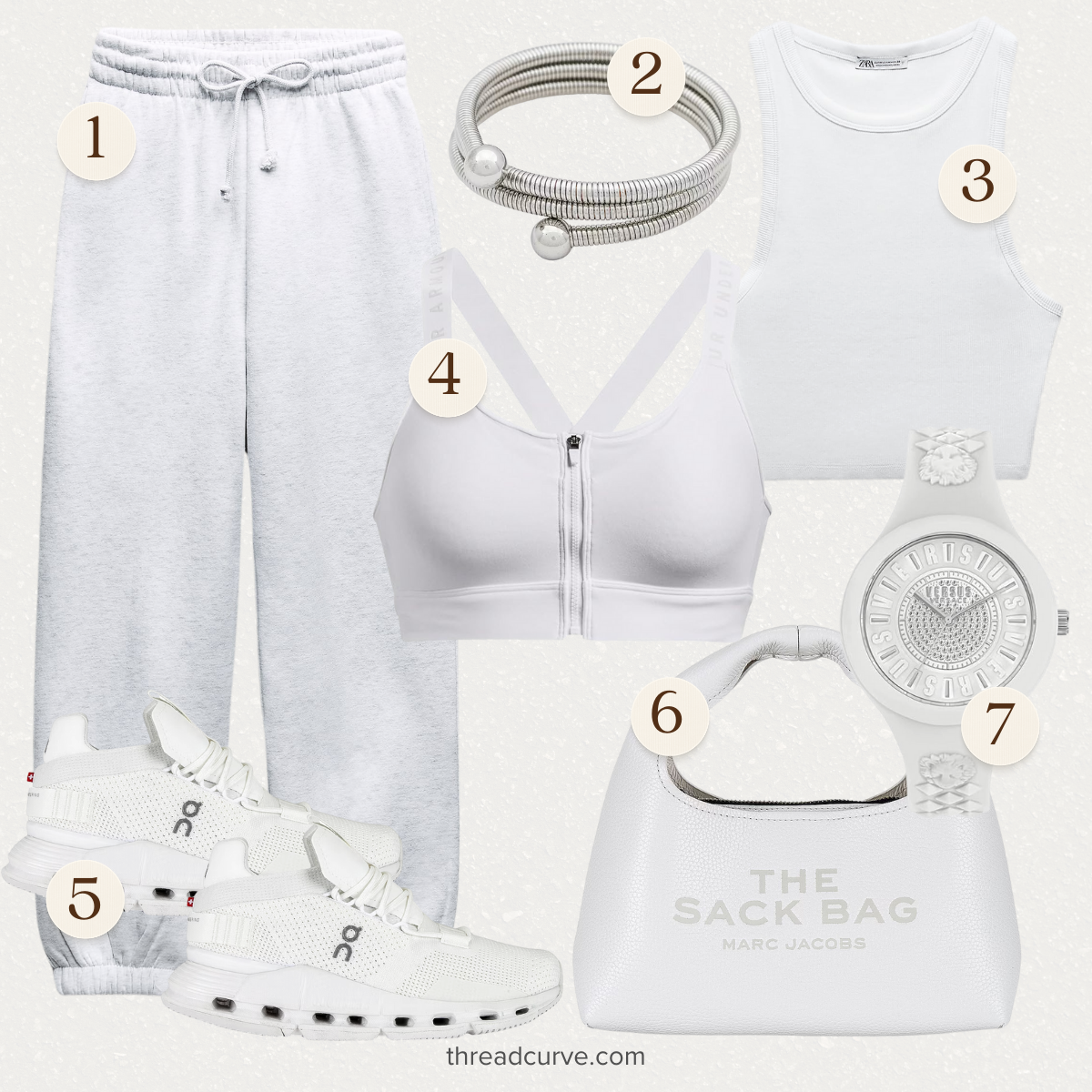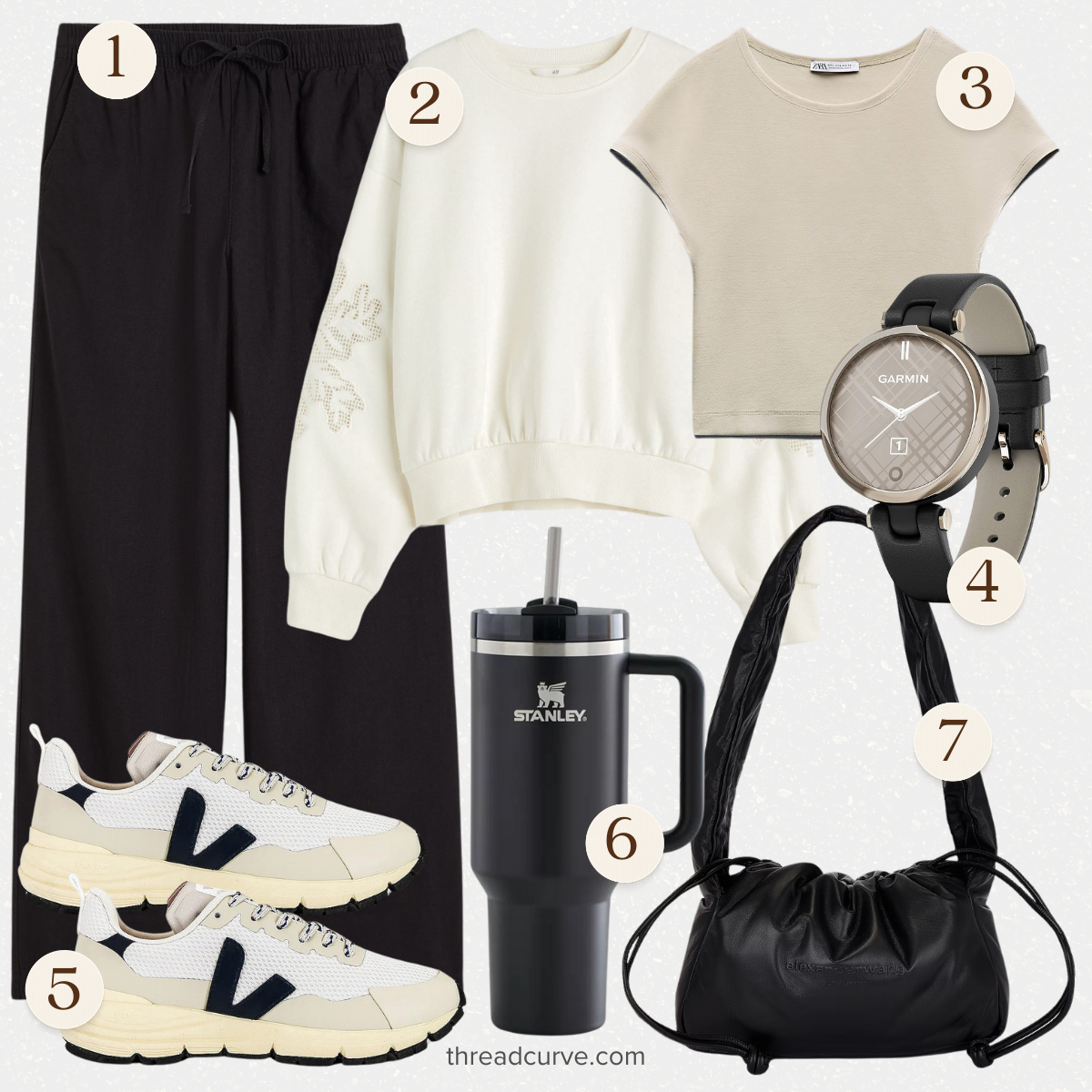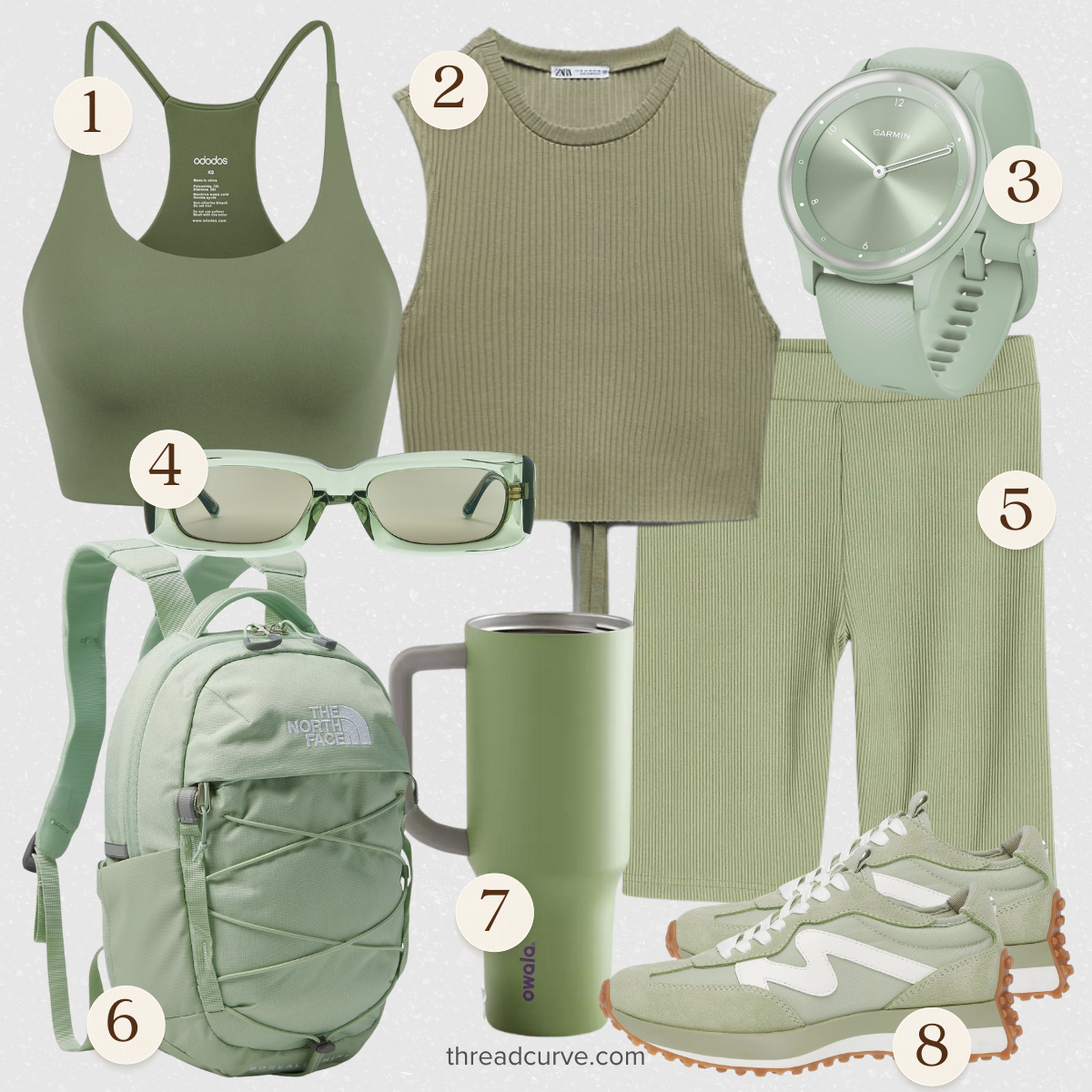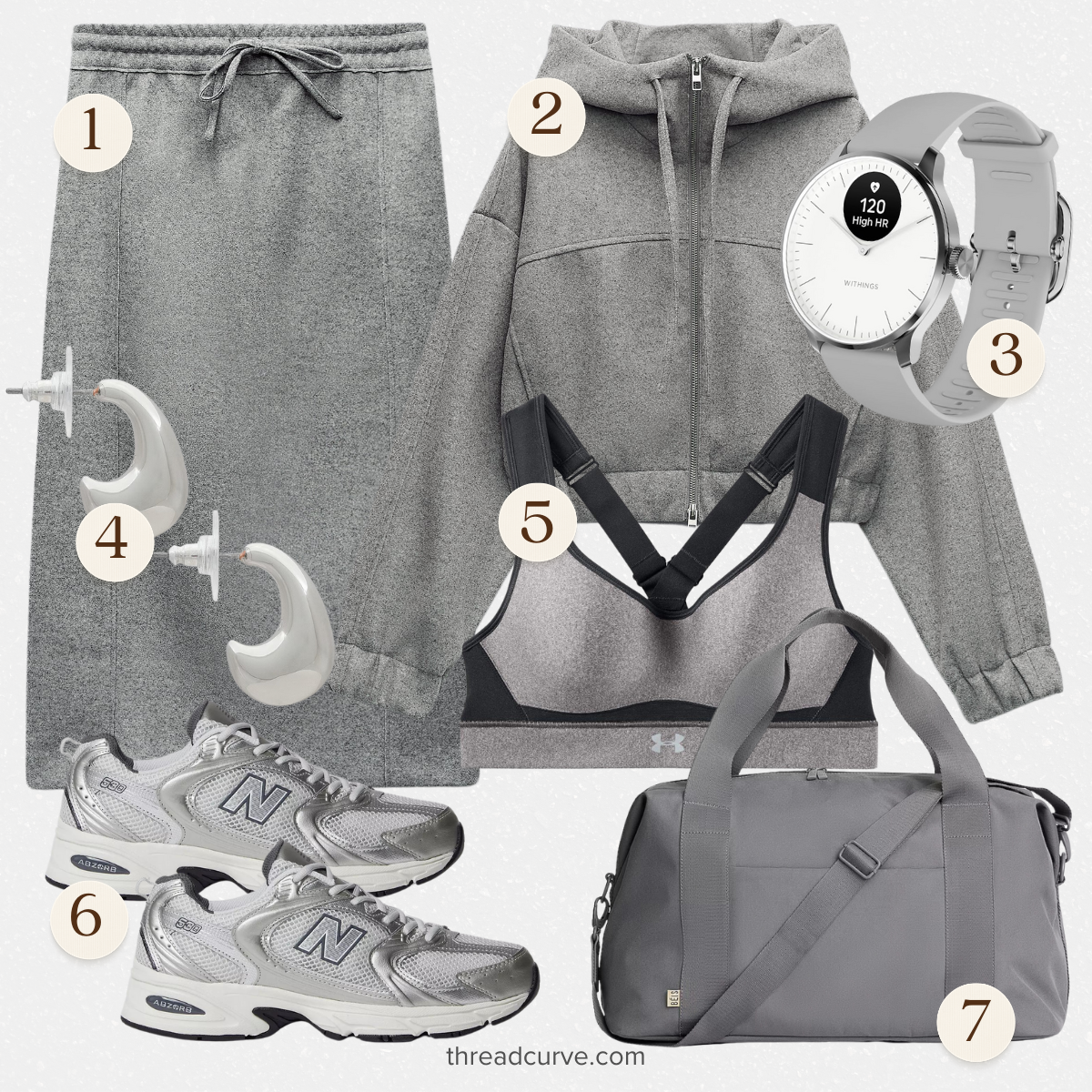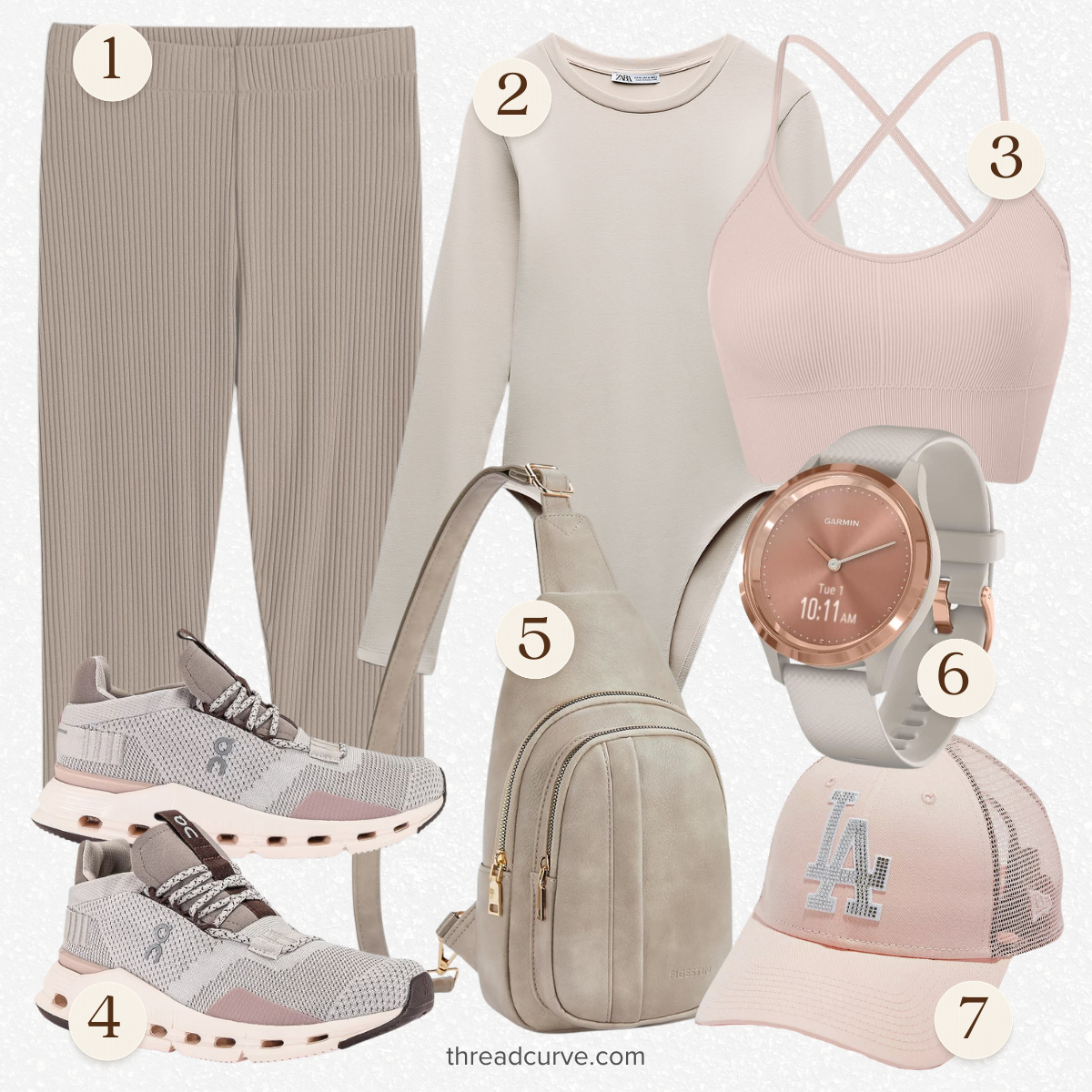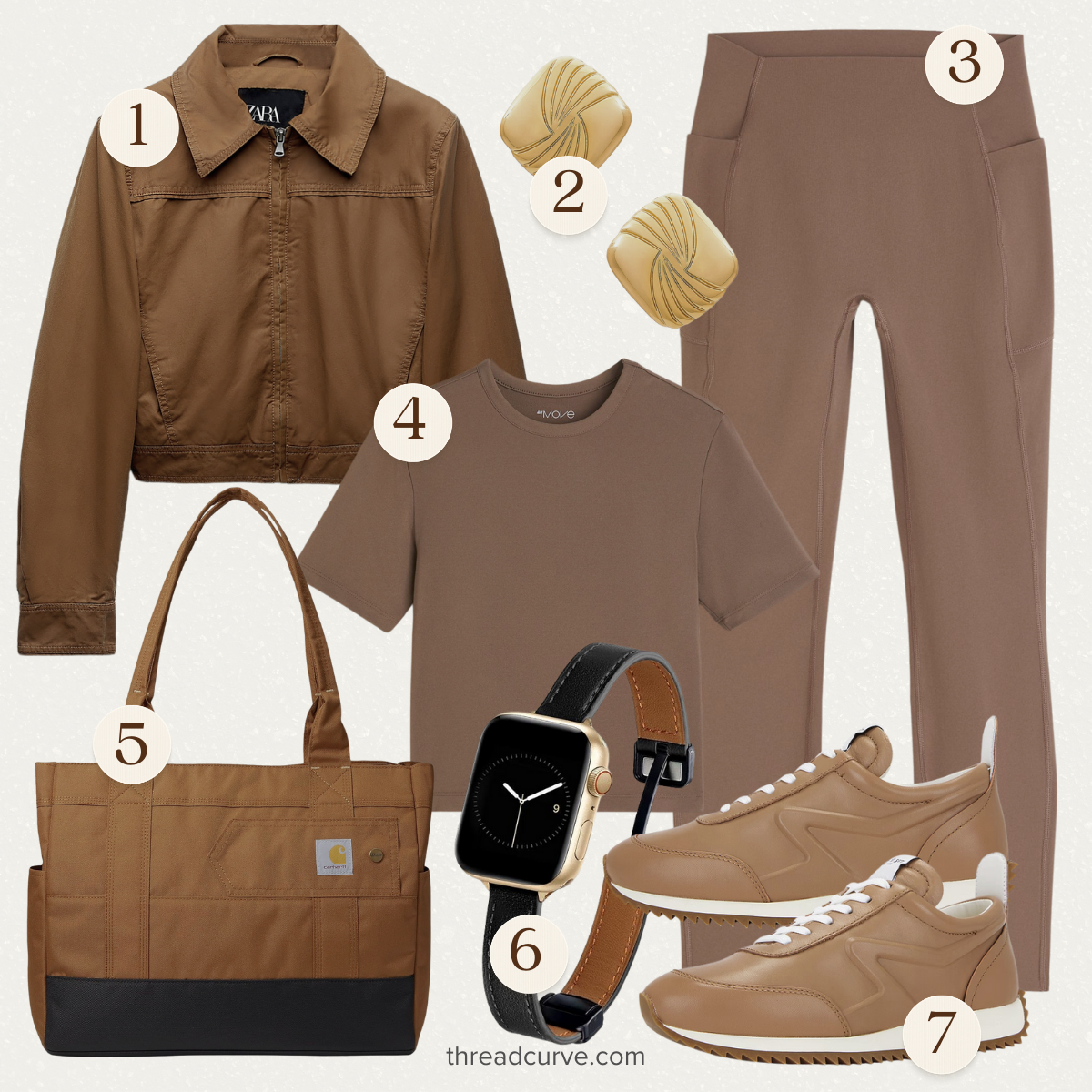
Kimonos, oh my goodness! They feel and look every bit as good as they appear to be. Even more so, if you choose the right material to make your own or get the right one from the store to buy or rent. Kimonos are available in a wide range of designs and hues.
In this article, I’ll show you why you should invest in one or more kimonos, depending on how often you’ll be attending Japanese events. As a bonus, Japanese people love it when people from other countries wear Kimonos.
What is a Kimono, exactly?
Japan’s traditional clothing, the kimono, is a popular choice. A long-sleeved dress that extends from the shoulders to the soles of one’s feet is included.
According to the occasion, many varieties of Kimonos are used; Kimonos for daily use are much simpler than those for more formal events. It is common for kimonos to be made of silk and to be tied with an obi, a broad belt.
What Does The Kimono Symbolise In Japanese Culture?

The Kimono is a sign of long life and promising prosperity, as it is said to be able to endure for one thousand years in the country of the immortals.
Whoever wears it, their sincerity or traits, or the season or event, including weddings and festivals, are indicated by the use of distinct motifs in the design. People of Western origin associate the word “Kimono” with Japan because of its association with the country’s culture.
What Makes Kimonos so Comfortable?
Kimono robes, unlike the elaborate silk brocades and gold embroidery of conventional kimonos, are all about practical textiles and everyday comfort. Lightweight, breathable materials are used to create these garments, which may be worn both as loungewear and as outerwear.
Hues, shapes, and fabrics, as well as structure, contour, and length, all contribute to its appeal. Kimono robes are available in cotton, cotton-satin blend, and silk. Choosing the right one for you is easy. Don’t be afraid to experiment with different fabrics and designs, as they can have a big impact on the personality of your outfit.
Are Traditional Kimonos Easy to Put on and Take Off?

The conventional Kimono is difficult to put on and prohibitively expensive for the average person to purchase. Polyester, rayon, and linen have been used in the design of the Kimono, which we can wear all seasons and is easy to go about. There are fewer layers in these and they are less expensive than the silk kind.
The design, fabric, and wearability of the kimono have evolved tremendously over the centuries. It was common for Japanese citizens living during the Nara era (710–794) to the Heian (794–1192 ) to wear distinct upper and bottom clothes (pants or skirts).
The Kimono, which had an external and an interior layer, was the uniform of the Samurai. The Kimono’s quality was determined by the Samurai’s wealth and social rank. Their warriors donned loincloths underneath their Kimono.
How Many Kimono Layers Are There?

Since “Juni-hitoe,” which implies twelve in Japanese, signifies the number of sections in the conventional kimono, the name was given to it. A reduction in the number of layers has been made because twelve layers are so heavy.
When it comes to the width of their obis, males tend to wear them far narrower than women. Men’s obis are knotted in a simple knot at the rear and are worn more straightforwardly than women’s.
Wearing a Kimono in the Best Possible Way
Koshimaki and Hadajuban should both be worn directly on the naked skin when wearing a Kimono (the “juban” sits on top of this). Most women today wear panties, even though they were traditionally discouraged. Under the arms of the men’s kimono, there are no holes. When a kimono gets too big, it’s easy to fix it.
It serves the purpose of allowing fresh air to circulate. Because women’s obis (belts) are worn higher on their waists than males, they require a slit to allow for more movement in their arms. There is one guideline that applies to both the Yukata(a similar type of clothing) and the Kimono, no matter the variances. The left section must be worn across the right!

The departed are traditionally attired in a right-over-left kimono, therefore donning them the other way around is considered exceedingly impolite in Japanese society.
Therefore, before you leave the house, ensure that you inspect how you’re dressed in the Yukata or Kimono. When wearing a Yukata, tying an obi or sash is a breeze. Wear the Yukata over your undergarments.
To begin, place the right section of it on your right hip and then the left. Continue by encircling the right section with the left piece. We must drape the sash around our bodies between two and three times while keeping the Yukata closed. Make a bow with the sash by tying it in the middle.
What Is the Reason Kimonos Cost So Much?

We find that even a simple Kimono is expensive since it can’t be mass-produced efficiently. All but a few seams and edge finishes and attachments can’t be done with a machine because of the garment’s structure: they’re hand-stitched.
It’s also because of the material that makes the Kimono. Silk crepes like chirimen, silk brocade, silk, linen, hemp, and satin weaves are conventional materials for the Kimono and Obi (like rings). Polyester, cotton, cotton satin, rayon, and various synthetic textures are widely accessible for contemporary kimonos that are more affordable and easier to care for. They are also comfortable.
The Bottom Line
Unless you’re trying to fit into a 12-layer ancestral-type kimono, then you’ll be comfortable no matter which you choose. The options are plentiful, but keep in mind that they are on the pricey side, no matter how informal.



